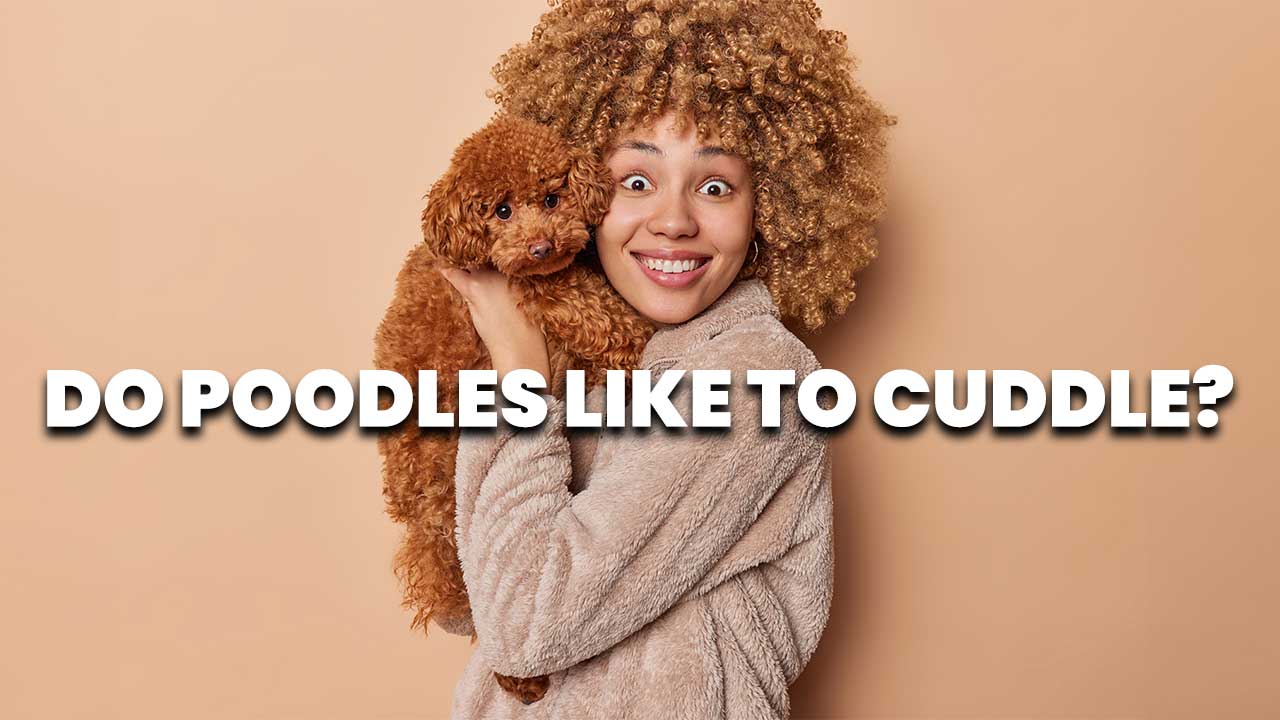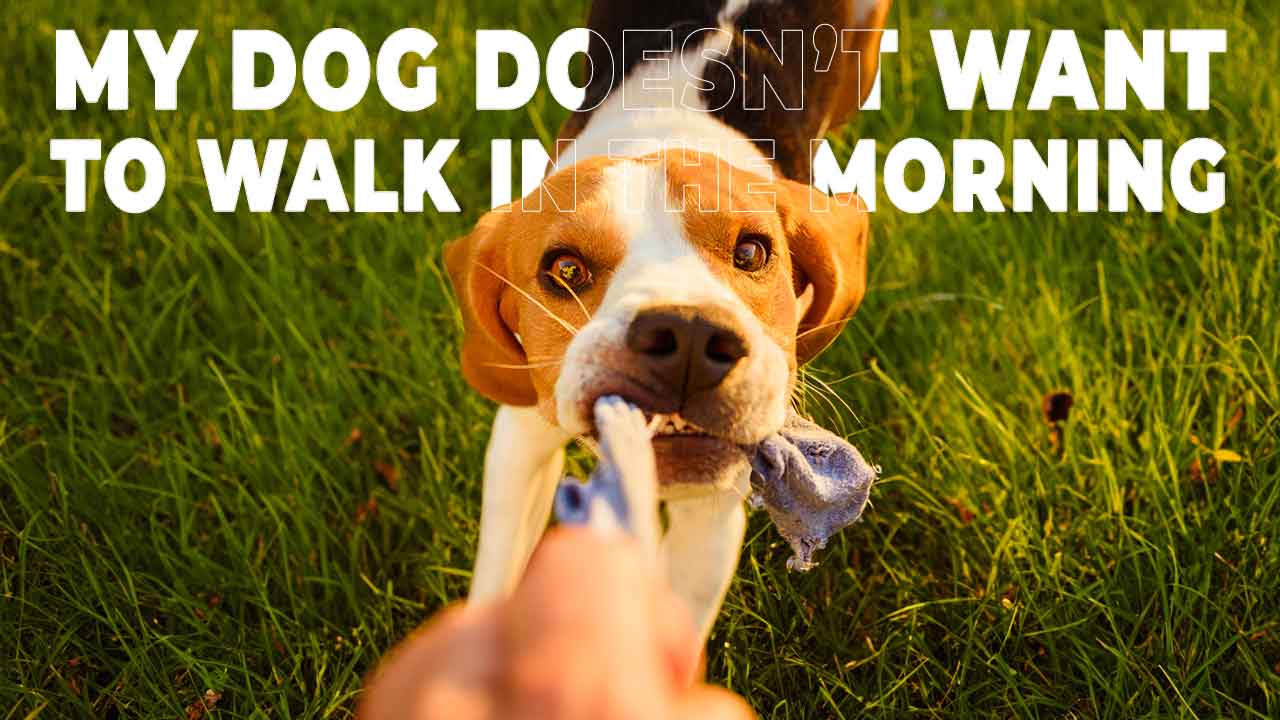Do Poodles Like to Cuddle
Table of Contents
Key Takeaways: Do Poodles Like to Cuddle?
| Trend | Insight |
|---|---|
| Poodle Affection | Poodles are affectionate, with variations in cuddliness across breeds. |
| Cuddle Benefits | Cuddling boosts oxytocin, offers warmth, and strengthens bonds. |
| Breed Differences | Toy and Miniature Poodles are more inclined to cuddle than Standard Poodles. |
| Individual Differences | Each poodle’s cuddliness is influenced by upbringing, temperament, and age. |
Understanding the Cuddly Nature of Poodles
Poodles are renowned for their affectionate nature, but do they really like to cuddle? This question is particularly relevant for prospective or current poodle owners who cherish cozy moments with their furry friends. Here, we explore the cuddly behavior of poodles, delving into the factors that influence their affectionate tendencies and providing insights to foster a loving relationship with your poodle.
Breed Variations in Poodle Affection
Poodles come in three main varieties: Standard, Miniature, and Toy. Each type exhibits distinct characteristics that influence their inclination to cuddle.
- Standard Poodles: Originally bred as hunting and water dogs in Europe, Standard Poodles have a robust bond with their owners. Despite their working-dog background, they are capable of affection and cuddles, although they might show it differently compared to their smaller counterparts.
- Toy and Miniature Poodles: Bred as companion animals, these smaller poodles often display more overt affection and willingness to cuddle. Toy Poodles, in particular, are bred to serve as close companions to humans, making them ideal for those who adore constant affection.
Cuddling: More Than Just Affection
Cuddling with your poodle isn’t just about showing love; it has physiological and psychological benefits:
- Oxytocin Release: Both humans and dogs experience increased levels of oxytocin, the “love hormone,” during cuddling. This hormone enhances the bond between you and your pet.
- Warmth and Comfort: Especially for Toy Poodles, cuddling is a way to share warmth and feel secure.
- Mental Relaxation: Cuddling can be a relaxing activity for your poodle, promoting calmness and well-being.
Understanding Individual Preferences
Just like humans, each poodle has its own personality and preferences, including how they express and receive affection:
- Upbringing and Socialization: A poodle’s early experiences and training play a significant role in shaping their comfort with physical affection.
- Age Factor: Young puppies and older dogs may have different responses to cuddling based on their energy levels and physical comfort.
- Natural Temperament: Some poodles might naturally prefer more personal space, and this should be respected.
Encouraging a Cuddly Poodle
If you wish to encourage a more affectionate relationship with your poodle, consider these tips:
- Respect Their Space: Avoid forcing cuddles. Understanding and respecting your poodle’s boundaries can lead to a more trusting relationship.
- Create a Warm Environment: Make cuddling a positive and comforting experience.
- Gradual Introduction: Slowly introduce cuddling as a pleasant activity, paired with treats or playtime.
Creating a Cuddle-Friendly Environment for Your Poodle
Cuddling isn’t just a spontaneous activity; it’s an expression of trust and affection that can be nurtured in a conducive environment. Here’s how you can create a cuddle-friendly atmosphere for your poodle:
- Comfortable Spaces: Ensure your home has cozy spots where you and your poodle can relax together. Soft bedding and quiet corners can make cuddling more appealing.
- Positive Associations: Pair cuddling time with positive experiences like gentle petting, soothing voices, and treats. This helps your poodle associate cuddling with happiness and security.
Training Your Poodle for Cuddle Time
Training plays a crucial role in how your poodle perceives and engages in cuddling. Here are some training tips to encourage a more affectionate behavior:
- Start Young: If you have a puppy, introduce cuddling as a regular, gentle part of your interaction. This helps them grow accustomed to physical affection.
- Respect Their Mood: Always pay attention to your poodle’s body language. If they seem uncomfortable or anxious, give them space. Forcing cuddles can lead to negative associations.
- Positive Reinforcement: Reward your poodle with treats or verbal praise when they respond well to cuddling. This reinforces the behavior as something enjoyable and rewarding.
Understanding Poodle Behavior and Cuddling
Poodles, like all dogs, communicate their emotions and needs in various ways. Understanding these cues can help you better interpret their cuddling behavior:
- Seeking Attention: If your poodle nudges you or brings toys, they might be seeking interaction, which can include cuddling.
- Reacting to Environment: Poodles may seek cuddles when they’re cold, scared, or anxious. It’s a way for them to seek comfort and reassurance from their trusted humans.
- Showing Affection: Poodles often cuddle as a way to express their love and affection. Reciprocating this behavior strengthens your bond.
Dealing with a Less Cuddly Poodle
Not all poodles are natural cuddlers, and that’s okay. If your poodle isn’t keen on cuddling, here are some ways to manage and understand their behavior:
- Alternative Forms of Affection: Engage in activities your poodle enjoys, like playing or walking, to show affection in ways they’re comfortable with.
- Health Check: Sometimes, a reluctance to cuddle can be due to health issues. Regular check-ups ensure that your poodle is healthy and not avoiding cuddles due to discomfort or pain.
- Consult a Trainer: If your poodle’s behavior changes suddenly or you’re struggling to understand their needs, consulting a professional dog trainer can provide insights and strategies.
Incorporating Cuddling into Your Routine
Cuddling can become a cherished part of your daily routine with your poodle. Here are some ideas to incorporate it:
- Quiet Time: Set aside a quiet time each day for cuddling. This can be during the morning, after a walk, or before bedtime.
- Reading or Watching TV: Invite your poodle to join you on the couch while you read or watch TV. This relaxed setting can be perfect for some gentle cuddling.
- Bedtime Routine: If comfortable for both of you, allowing your poodle to cuddle in bed can be a wonderful way to end the day.
Addressing Common Questions About Poodles and Cuddling
Many poodle owners have questions about their pet’s cuddling habits. Let’s address some of these queries to better understand our furry friends:
- Do Poodles Cuddle as a Sign of Dominance?
- Contrary to some beliefs, poodles do not usually cuddle as a sign of asserting dominance. Cuddling is more about affection and bonding rather than establishing a hierarchy.
- Is My Poodle’s Lack of Cuddling a Sign of Unhappiness?
- Not necessarily. Poodles express affection in various ways. If your poodle isn’t a big cuddler, they might show love through other actions, like following you around or bringing you toys. Remember, each dog has its own unique way of expressing affection.
- Can Training Affect My Poodle’s Desire to Cuddle?
- Yes, training and socialization can impact your poodle’s cuddling behavior. Positive reinforcement and gentle acclimatization to cuddling can encourage this behavior. Training articles like “Dog Doesn’t Want to Walk in the Morning” can provide insights into influencing your dog’s behavior positively.
Misconceptions About Poodle Cuddling
There are several misconceptions about poodles and their affectionate nature. It’s important to debunk these to understand your poodle better:
- “All Poodles Love to Cuddle”: This is a generalization. While many poodles enjoy cuddling, others may prefer showing affection in different ways.
- “Poodles Cuddle Only When They Need Something”: While poodles might cuddle more when they want attention or are feeling cold, it’s not the only reason they seek cuddles. They also cuddle simply to show love and affection.
- “Poodles that Don’t Cuddle are Not Friendly”: A poodle’s friendliness isn’t solely determined by their willingness to cuddle. Friendliness can be exhibited in many behaviors, such as a wagging tail, eagerness to play, or a relaxed demeanor around people.
Enhancing Your Relationship Through Understanding
Understanding your poodle’s unique personality and affection preferences is key to a strong and happy relationship. Here are some ways to enhance this bond:
- Observe and Respect Their Preferences: Pay attention to your poodle’s reactions to cuddling and respect their comfort levels.
- Create Positive Experiences: Associate cuddling with positive experiences. You can learn more about creating positive experiences in training through articles like “How Much is K9 Dog Training” and “Dog Protection Training Cost”.
- Consistent Routine: Establishing a consistent routine that includes time for cuddles can make your poodle more comfortable with the idea.







